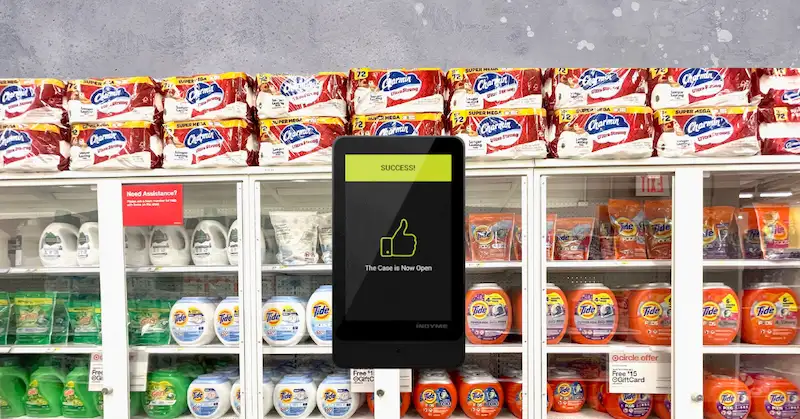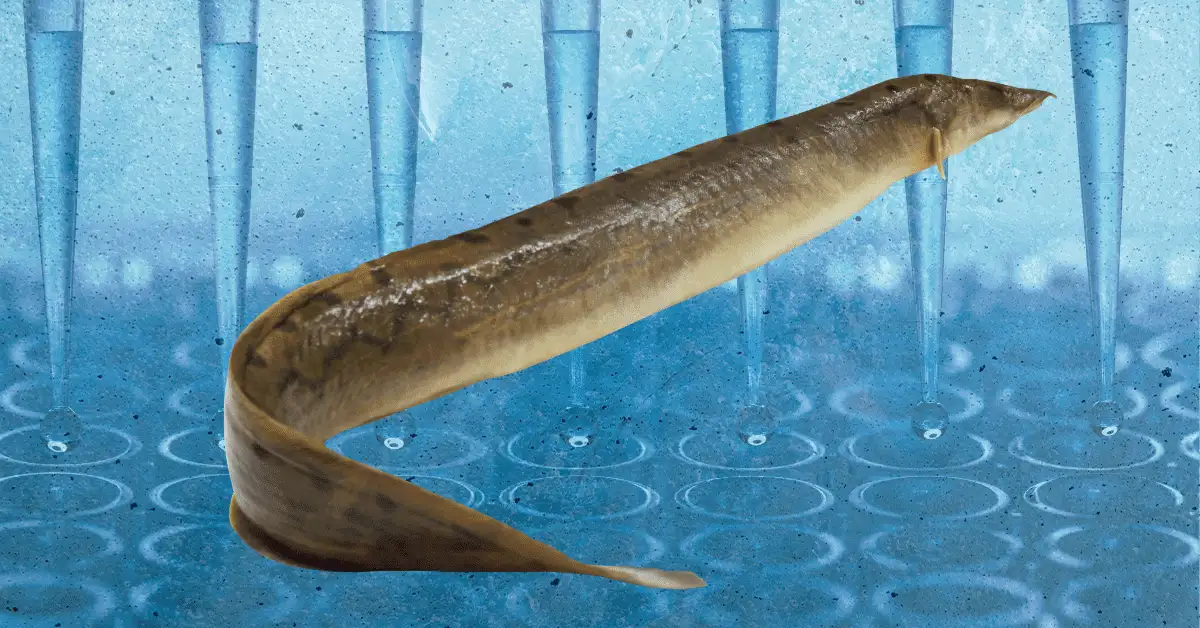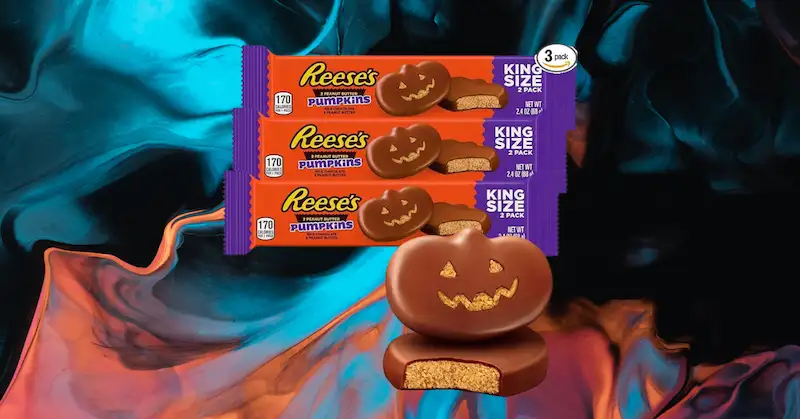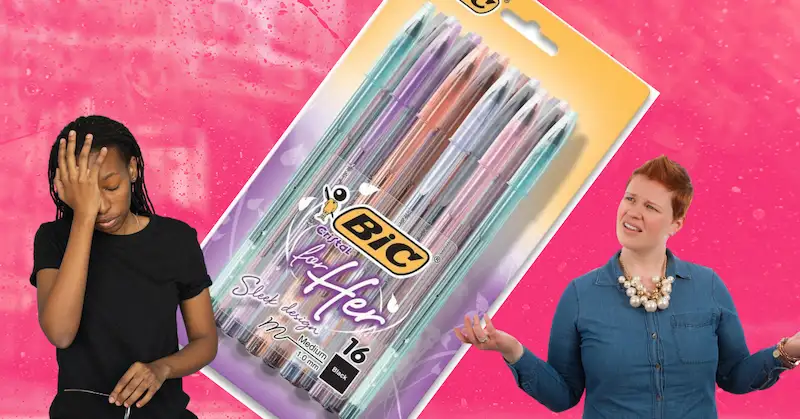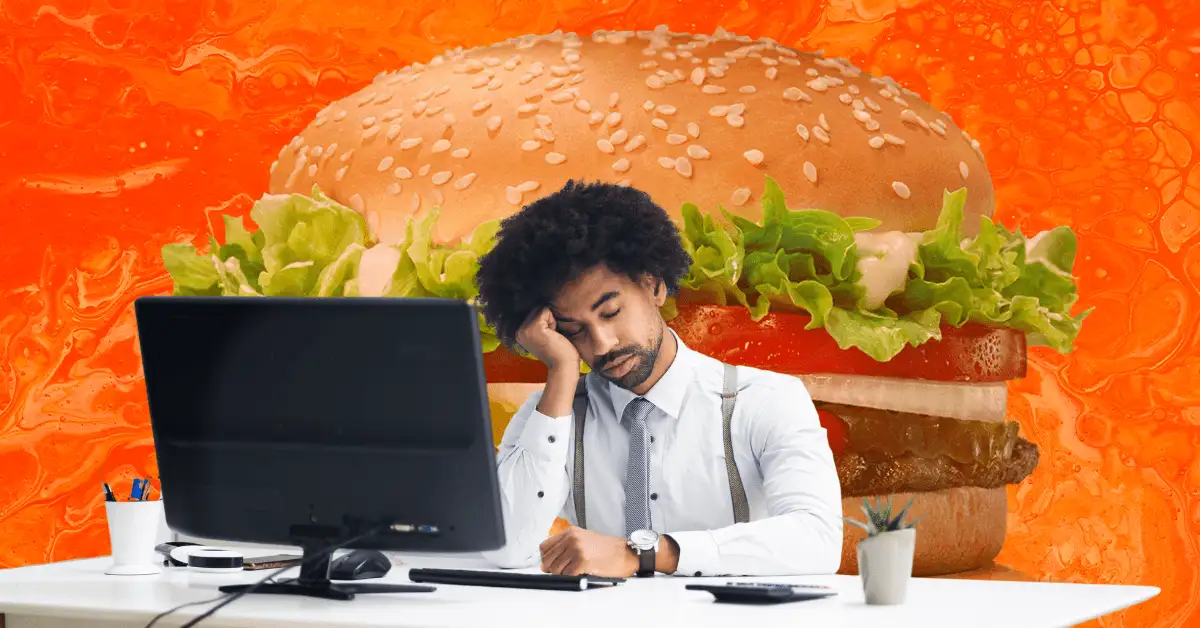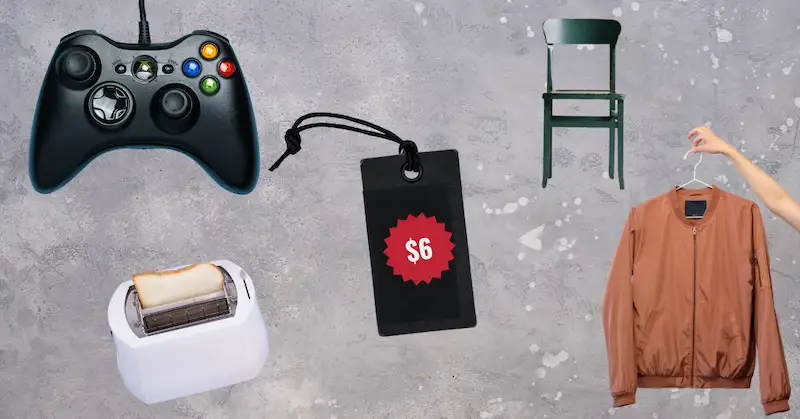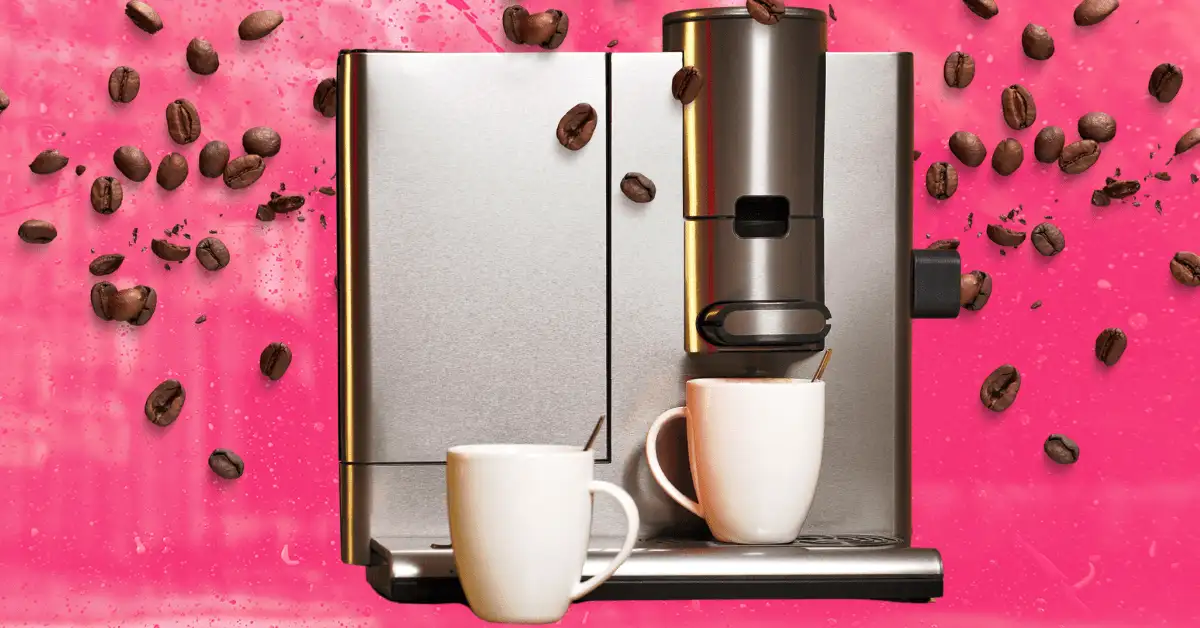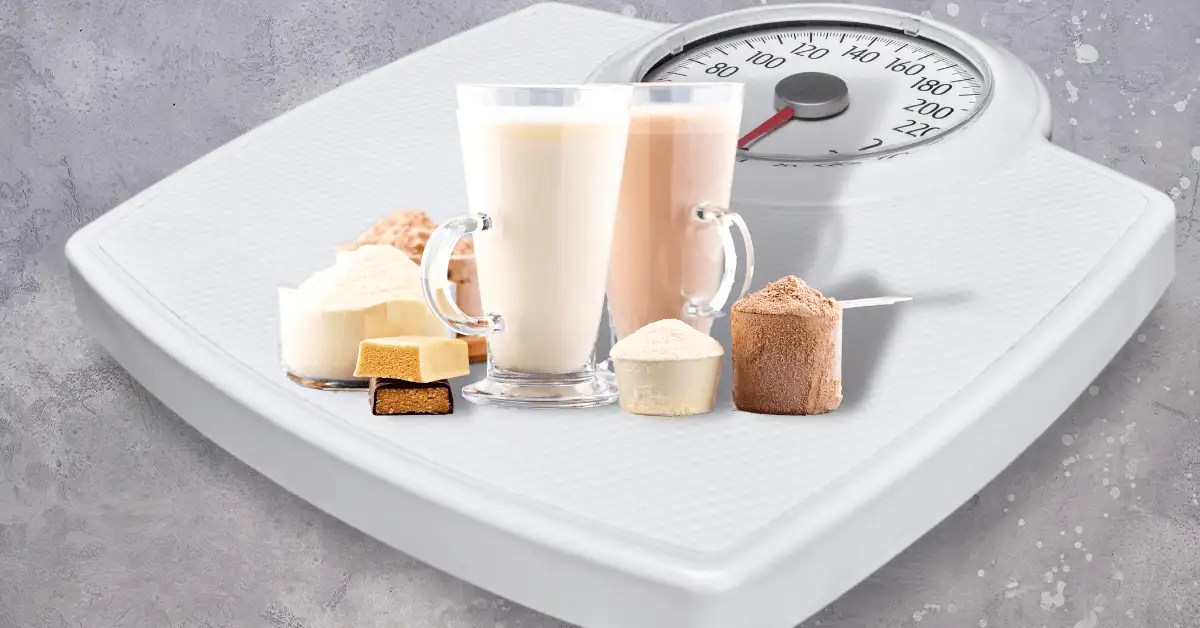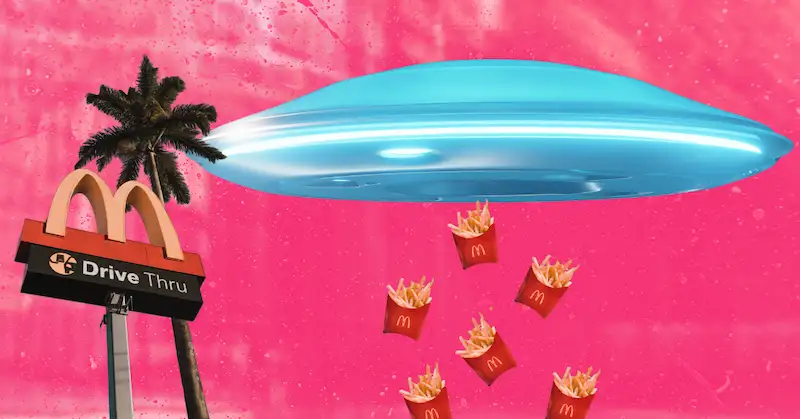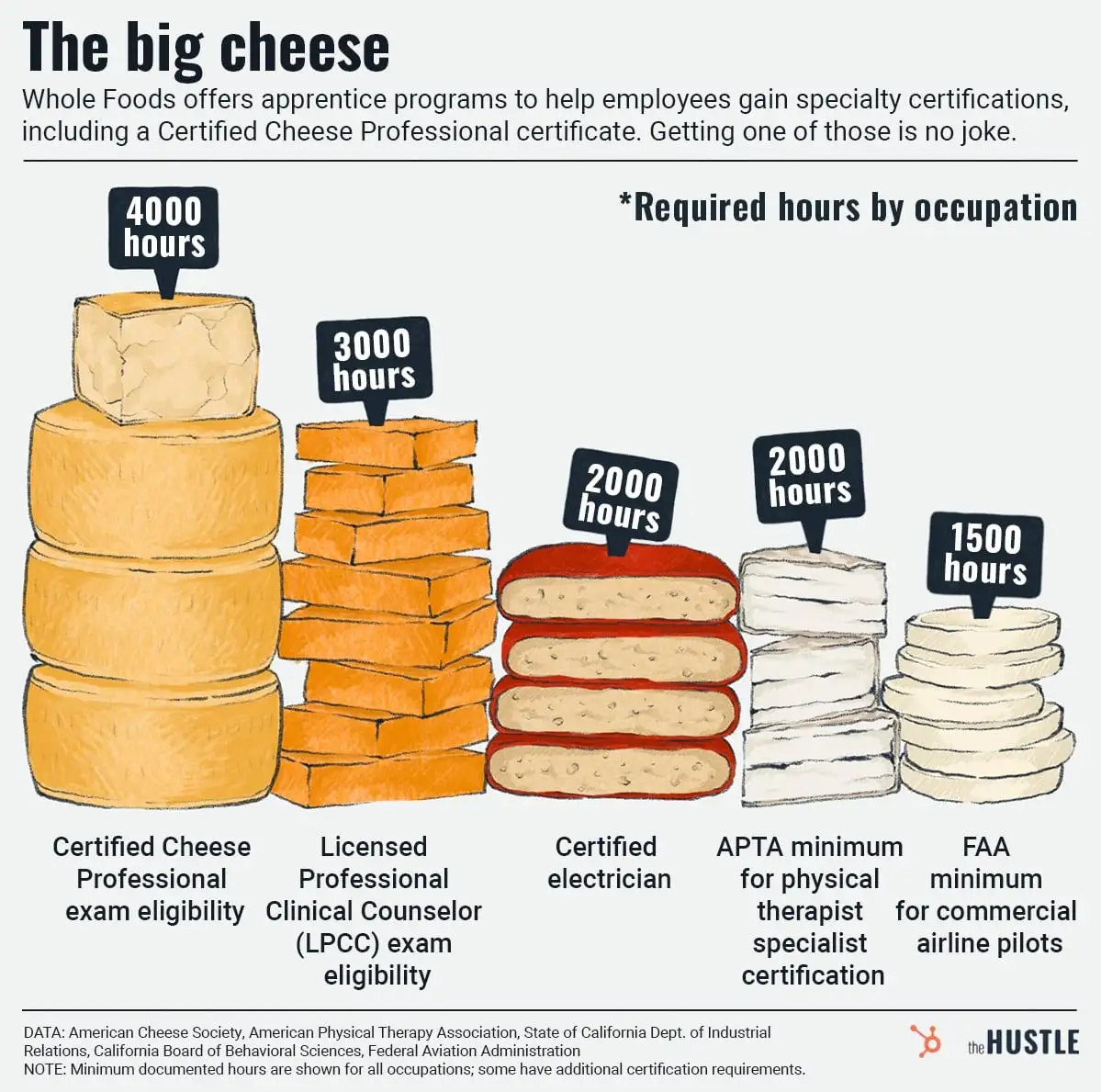Picture this: It’s 1996. You open the newspaper — an industry yet to be decimated by the internet — as the sweet refrain of “Macarena” drifts from a passing car window.
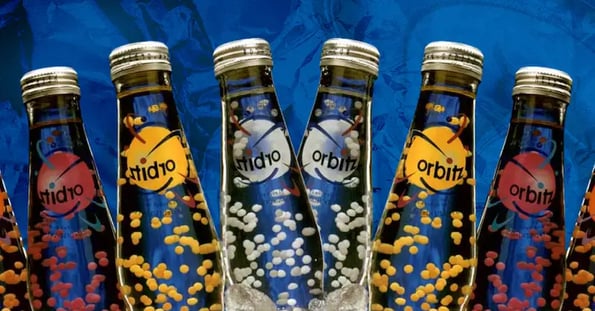
“It defies description, but let’s try anyway: a lava lamp you can drink,” an article reads. “A neon-pastel tapioca cocktail. A chewable liquid.”
It’s Orbitz, the latest soft drink from Clearly Canadian. It retailed for $1.29 ($2.51 today) a bottle, came in six flavors — including chocolate for no sane reason — and was full of floating sugar balls suspended in a gellan gum matrix.
Was it delicious?
Boba — a similar Taiwanese concept that also came to the US in the ‘90s — is delicious. Orbitz, however, was compared to “old water from a flower vase.”
Clearly Canadian spokesperson Jonathan Cronin said the company had wanted to entertain people, and that Orbitz would make someone “the center of attention for a few moments.” And that was the problem.
When testing Orbitz in various markets in May 1996, it sold well. But once the novelty wore off, its lackluster taste failed to attract repeat buyers. By 1999, Clearly Canadian discontinued Orbitz.
Novelty beverages…
… come and go, from Miller Brewing Co.’s failed Clear beer to the bevy of weird sodas you can find at quirky shops like Charlie Brown Farms in California.
If weird is your thing, it can work, as it has for Liquid Death’s heavy-metal marketing and Jones Soda — another Canadian soft drink company that debuted in the ‘90s.
If not, maybe stick to something that people will actually buy regularly. In 2015, Clearly Canadian was able to crowdfund a return of its perfectly acceptable, inoffensive, flavored sparkling water.
But it no longer had the equipment to make Orbitz.
BTW: You can still buy unopened bottles of Orbitz on eBay for ~$30, the balls still floating.

